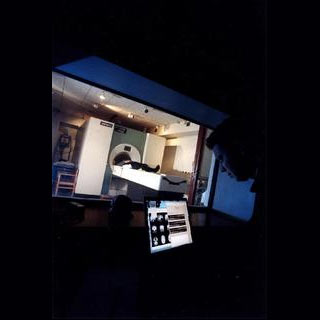
At the time of the study, hot pads were applied to the inner arm and abdomen of 12 women with painful periods, who were otherwise healthy, and 12 without, while going through an MRI scanner. Experts then compared the brain responses of the subjects at three different points in the women’s menstrual cycles. The group of women with painful periods appeared more sensitive to the hot pads than others.
As per the brain imaging data, women with period pain may have revealed changes in activity within brain areas that are involved in the pain response. Differences in the way the brain processed the pain from the hot pads may have continued to be seen at times in their menstrual cycles when there was no period pain. Hence, there seems to be longer-lasting alterations to the experience of pain and discomfort. These changes in sensitivity and processing of pain are probably similar to what is seen in patients with chronic pain conditions.
On completion of the study, significantly lower levels of cortisol were registered. These low levels possibly lasted throughout the women’s menstrual cycles and were linked with the length of time women had experienced period pain. Dr Katy Vincent, a clinical lecturer in the Nuffield Department of Obstetrics and Gynaecology at Oxford University and colleagues found that women with painful periods had reduced quality of life.
The study is published in the journal Pain.
